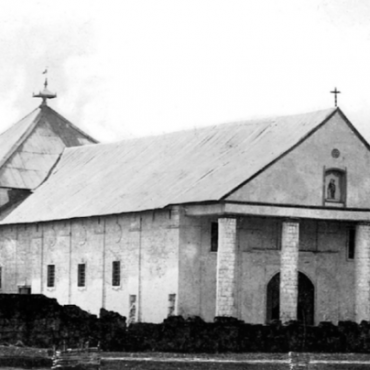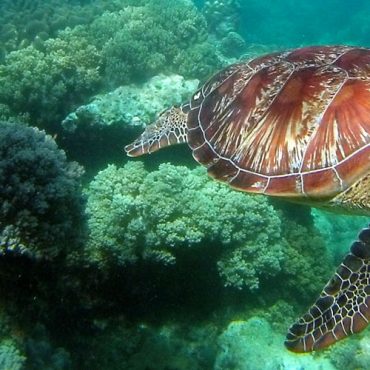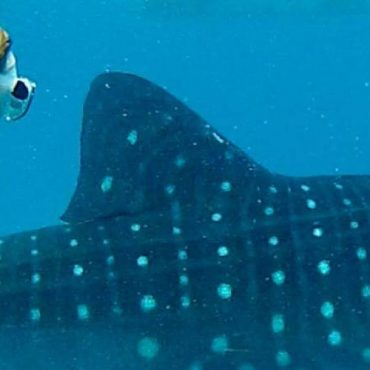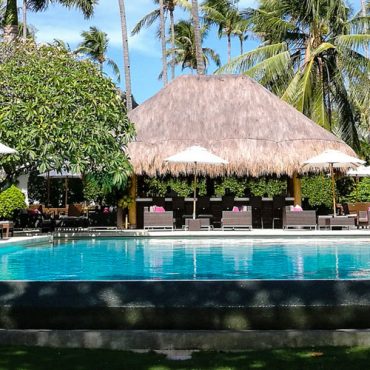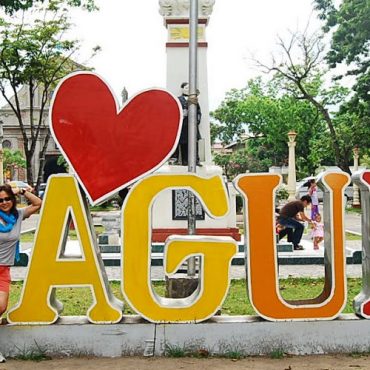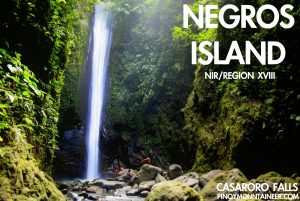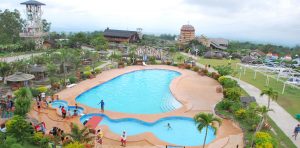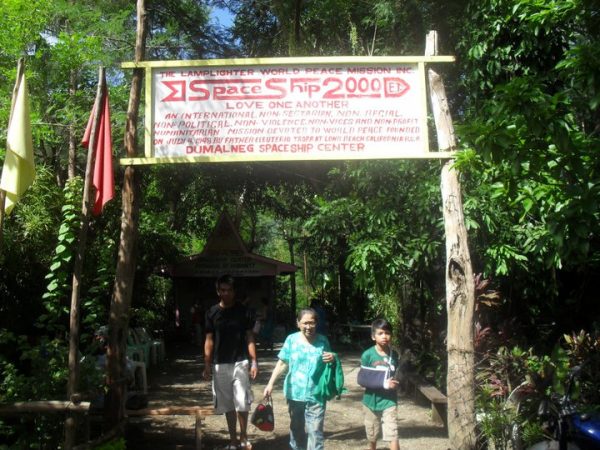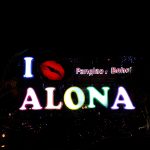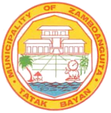
A town rooted in history and replete with natural resources, Zamboanguita derived its name from an incident involving a coguita (octopus). Long before the Spaniards set foot in Negros Island, fishermen from as far as Mindanao would visit the yet unnamed town and benefit from the bounty of its rich fishing grounds – from its small tugnos (juvenile gobies) to the large iho (shark) in nearby Apo Island.
One day, a group of Moro fishermen fishing in the area found a coguita caught in their fishing net, which they then separated from their fish catch as it had tentacles and had no gills. The leader of the Moro group then ordered one of his men to go to the beach, find a tree and “isab-ong ang coguita” (hang the octopus).” Since then, every time an octopus was caught, it was hung on that particular tree.
The local people eventually started calling the place “Sab-ongan ug coguita.” When the Spaniards descended on the town, they called the town “Zamboangaguita” and later on it was shortened to “Zamboanguita”.
On the other hand, local stories that circulated among the town folks mentioned that Zamboanguita (meaning “little Zamboanga”) acquired its name from its neighbor down south across the sea, Zamboanga City. Zamboanguita was established in 1866. Modest compared to the 6th largest city in the Philippines with 98 barangays, Zamboanguita has only 10 barangays.
population
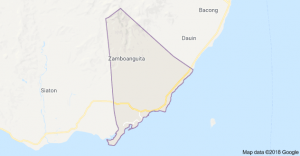
Zamboanguita, officially the Municipality of Zamboanguita, is a 4th class municipality in the province of Negros Oriental, Philippines
. According to the 2015 census, it has a population of 27,552 people.
A town rooted in history and replete with natural resources, Zamboanguita derived its name from an incident involving a coguita (octopus). Long before the Spaniards set foot in Negros Island, fishermen from as far as Mindanao would visit the yet unnamed town and benefit from the bounty of its rich fishing grounds – from its small tugnos (juvenile gobies) to the large iho (shark) in nearby Apo Island.
One day, a group of Moro fishermen fishing in the area found a coguita caught in their fishing net, which they then separated from their fish catch as it had tentacles and had no gills. The leader of the Moro group then ordered one of his men to go to the beach, find a tree and “isab-ong ang coguita” (hang the octopus).” Since then, every time an octopus was caught, it was hung on that particular tree.
The local people eventually started calling the place “Sab-ongan ug coguita.” When the Spaniards descended on the town, they called the town “Zamboangaguita” and later on it was shortened to “Zamboanguita”.
On the other hand, local stories that circulated among the town folks mentioned that Zamboanguita (meaning “little Zamboanga”) acquired its name from its neighbor down south across the sea, Zamboanga City. Zamboanguita was established in 1866. Modest compared to the 6th largest city in the Philippines with 98 barangays, Zamboanguita has only 10 barangays.
Barangay
- Basak
- Calango
- Lutoban
- Malongcay Diot
- Maluay
- Mayabon
- Nabago
- Nasig-id
- Najandig
- Poblacion
Is this your business?
Claiming your listing is the best way to manage and protect your business.

